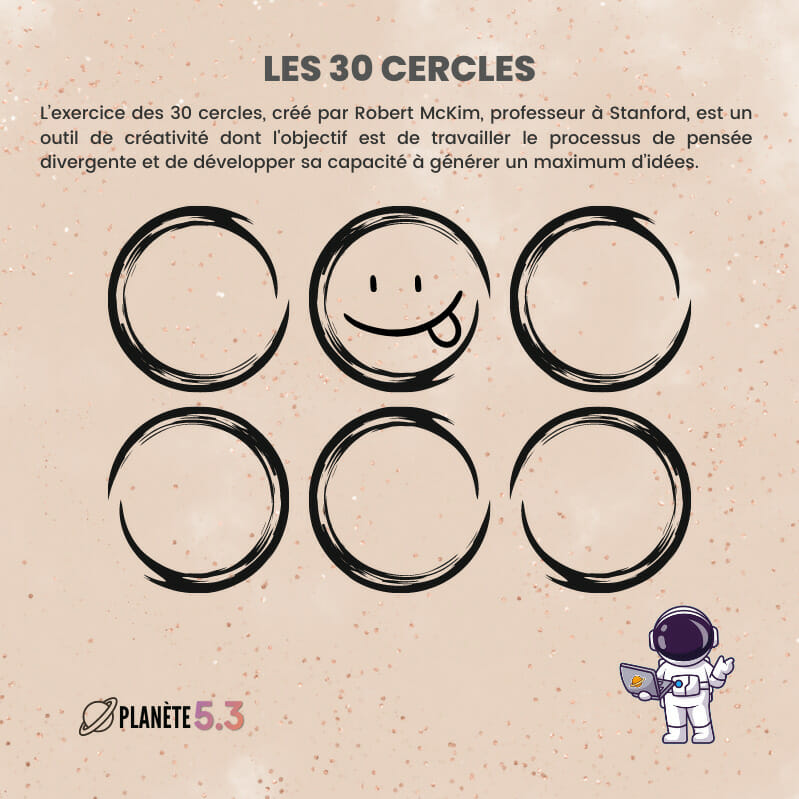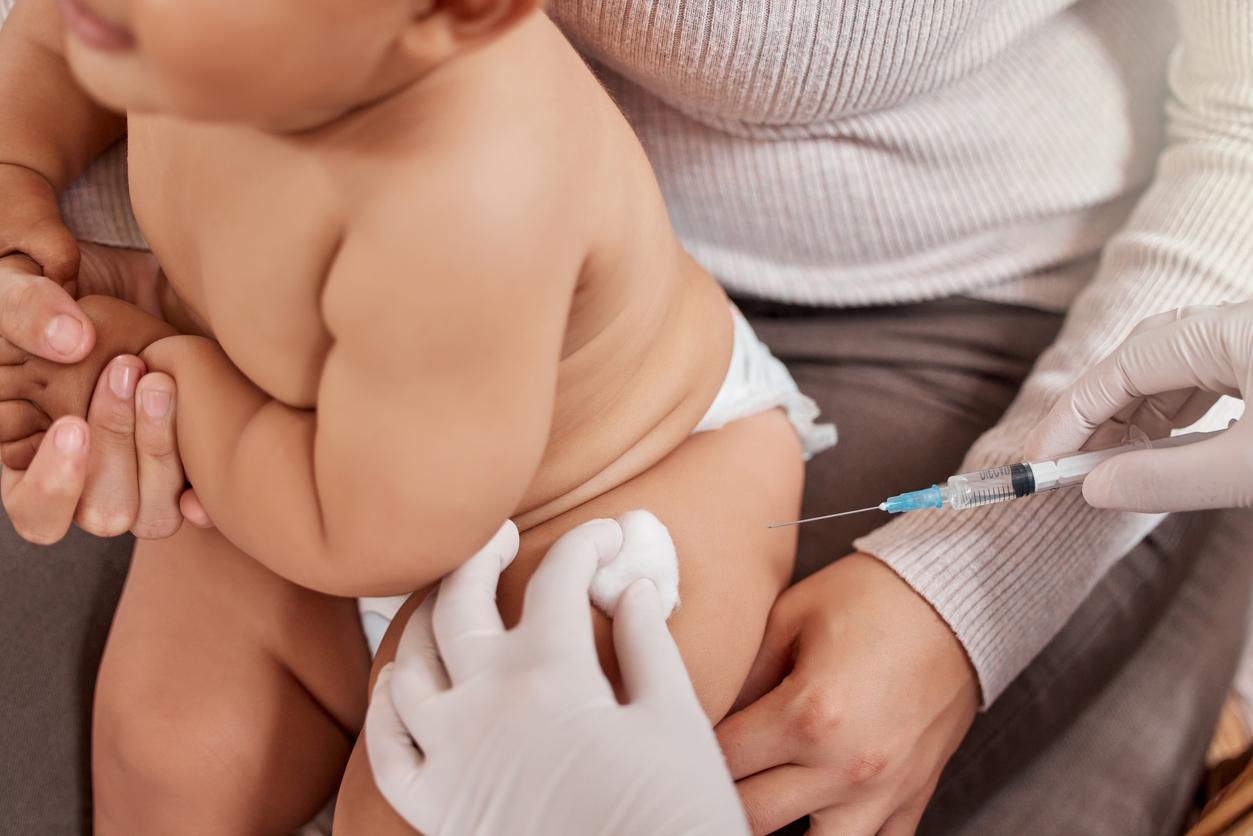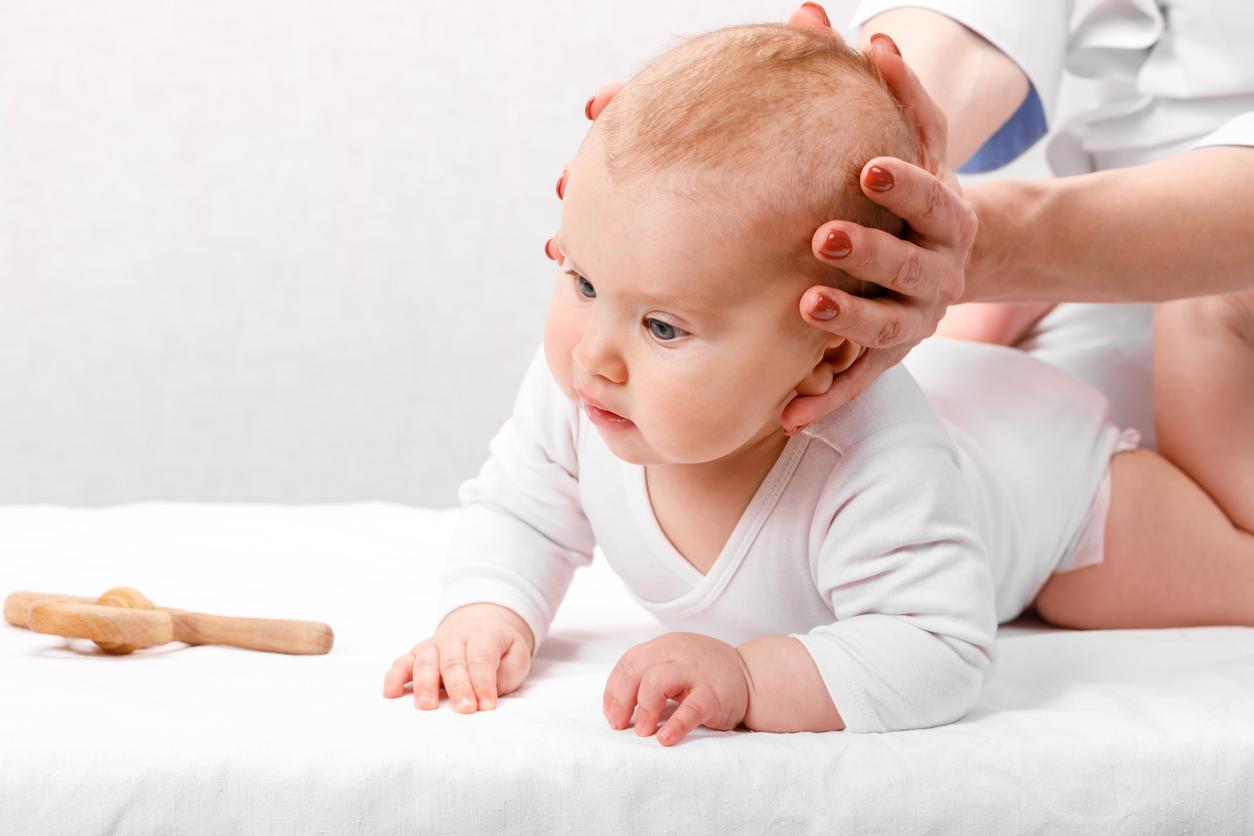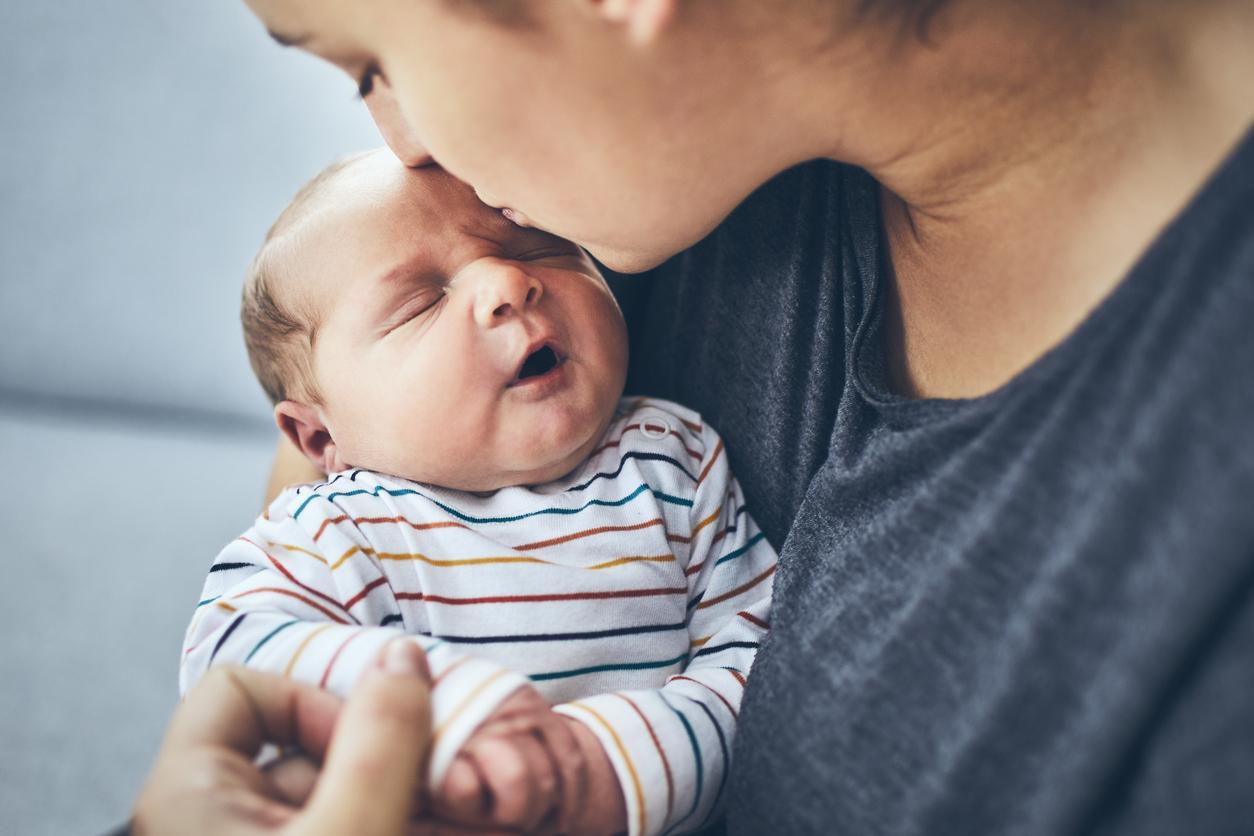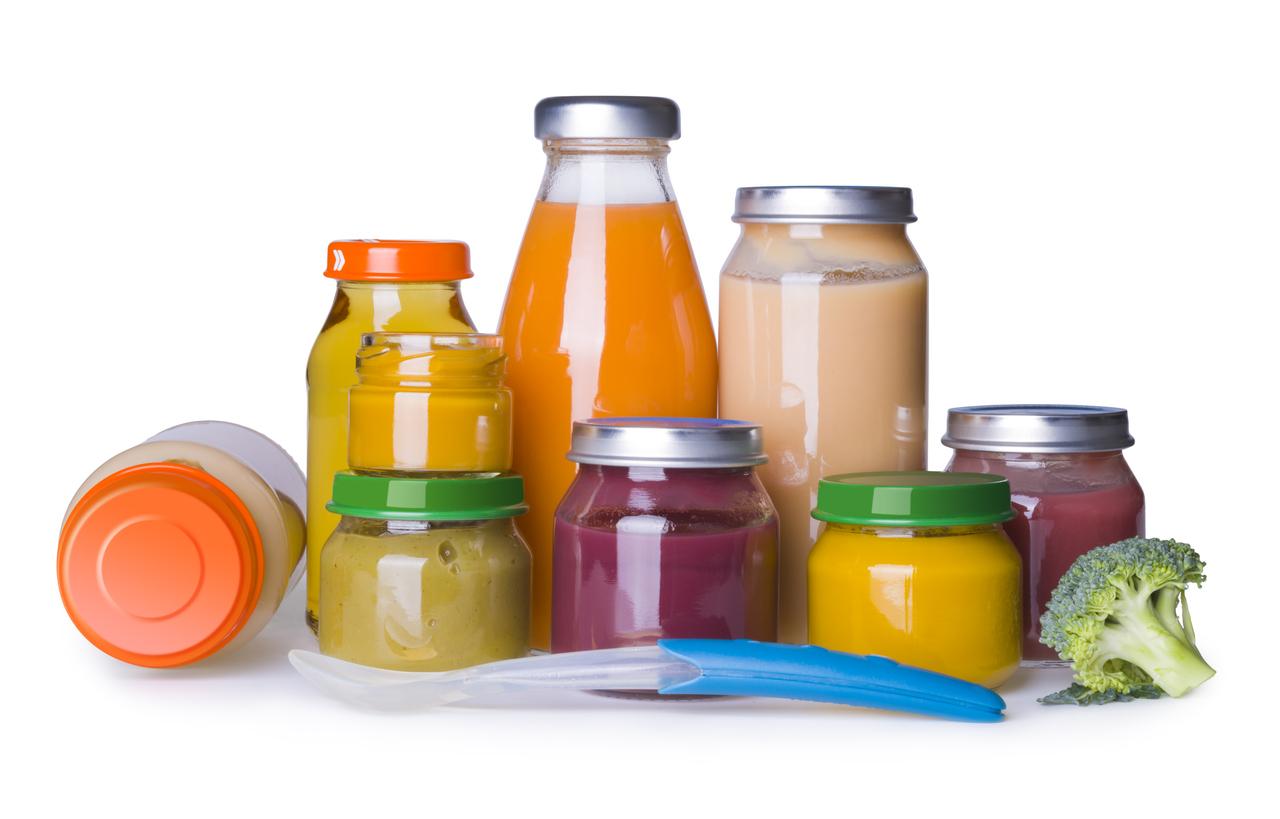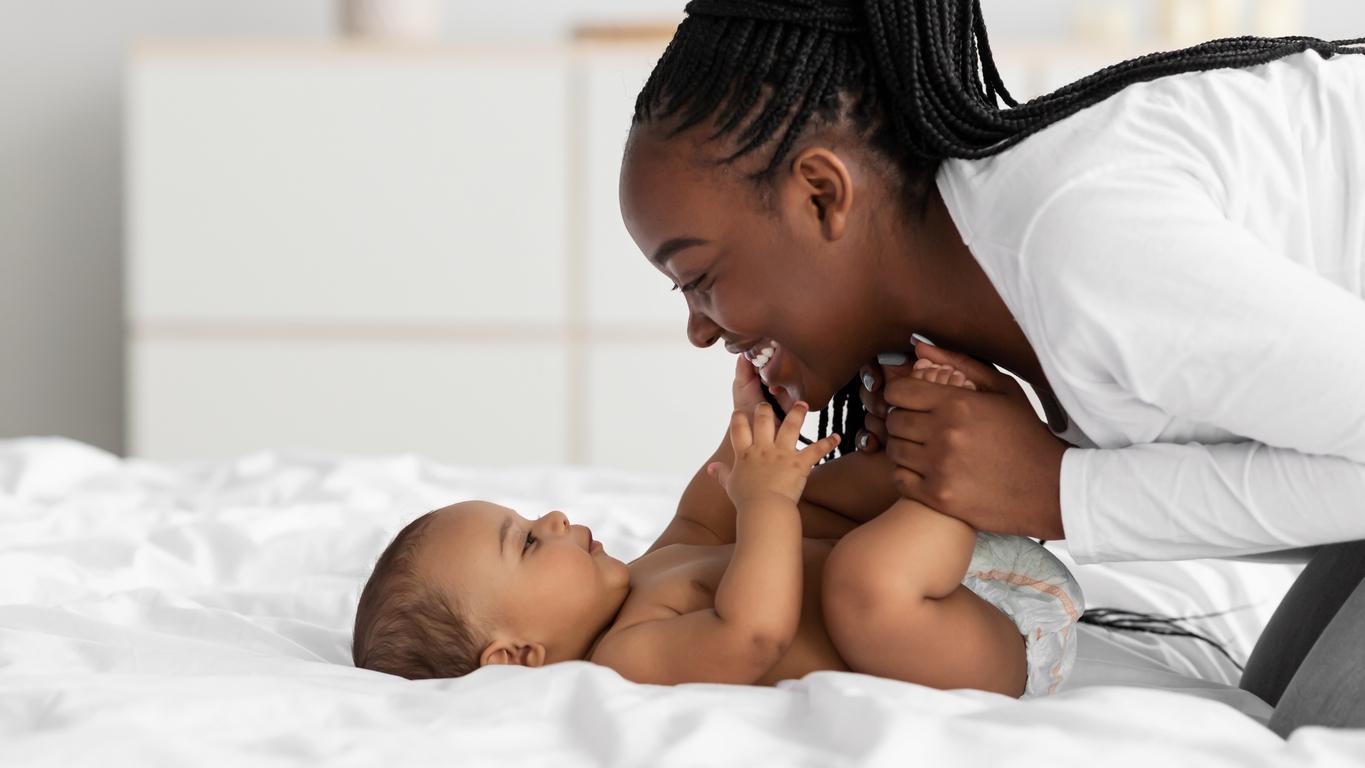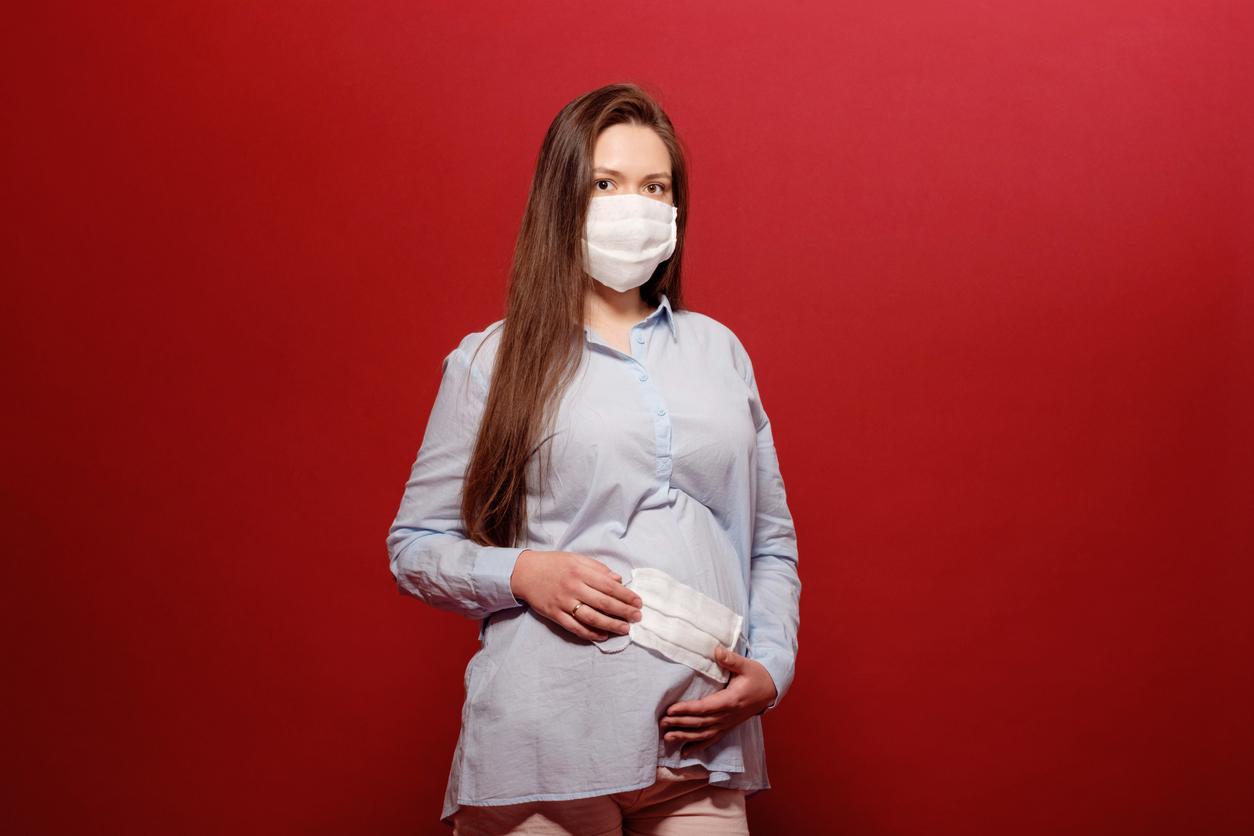It’s proven: hugs are necessary for the good physiological and behavioral development of humans. Overview of science and practice.
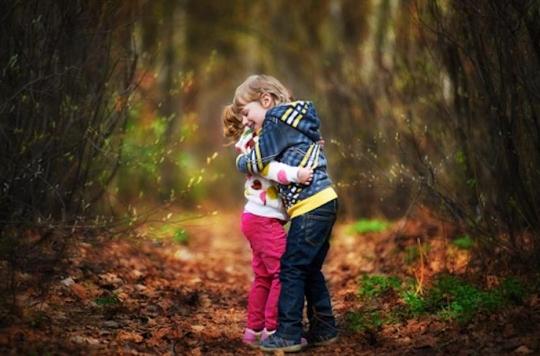
The gesture is instinctive. Hug a little body just born, a tiny being that doesn’t seem predetermined. A big hug. Here is the key to human development, the royal road that leads to the physiological and behavioral development of the‘Homo Sapiens. Hug your baby and he will make you feel better as he grows up: less sick, less anxious, happier.
There, you may be thinking to yourself that low-level psychology has triumphed. Nay. In neonatology, scientists, doctors, nurses, midwives, all tend to make hugs the cornerstone of care. Not exclusive, of course, but really necessary. Give all the treatments in the world to a baby who has just been born with difficulty – premature, sick… – if he does not have a hug, he will be much worse off.
Better than methadone
You need proof. So let’s go to the United States. More and more hospitals are hiring “huggers”. People who have time and love in store, and a comfortable shoulder to rest on the delicate bodies of babies who have just been born and have no one – infants born under X, ‘shaken babies’, children of people. heroin addicts who have damaged themselves so much that they can no longer cajole …
These programs are developing throughout the territory. The Boston Hospital has thus collected more than a hundred applications from volunteer cuddlers. There, it is about alleviating the symptoms of withdrawal in babies born dependent on opiates – hyperexcitability, digestive and respiratory disorders… Their emotional guardian covers them with sweet words, lullabies and tenderness. And it works, better than methadone, say caregivers.
Skin to skin
In neonatal departments, tiny creatures are placed in plexiglass incubators. They sometimes stay there for long weeks and are sorely lacking in contact. Every year around the world, 15 million children are born prematurely. The rupture, often made in a hurry, threatens the construction of the bond between mother and child.
This is where the hug is saving, and more particularly the skin-to-skin, also called “kangaroo method”. This practice consists of wearing the newborn on the chest of the mother or the father, on the skin therefore. She was born in a maternity hospital in Bogota, Colombia, faced with a lack of incubators. The premature babies, unable to regulate their body temperature, were in danger. The pediatricians then came up with a very simple solution: snuggle the children up against their mother to warm them up.
Decades later, scientists wanted to assess the real benefits of this warm contact. In a study published in the journal Pediatrics, they showed that premature infants who received “skin-to-skin” treatment were twice as likely to reach their 20th birthday as those who received only standard care. In adulthood, they were less aggressive, impulsive, hyperactive or stressed than their peers. These young adults also had a larger brain volume than the others, a sign of good brain development. Researchers suggest social, behavioral and physiological benefits.
The hug, this daily bread
In fact, the man has been considering the precise purpose of the hug for some time. In 1948, the psychiatrist René Spitz * published works on the question with these clinical observations: in the context of hospitalization of a young child (up to a year and a half), in the absence of contact maternal or substitute for six months, the child developed emotional deficiencies manifested by mental disorders and progressive physical alterations.
First month: incessant crying; second month: weight loss, anxiety, insomnia; third month: refusal of contact and food… If the restitution to the mother did not intervene before six months, these symptoms could lead to a motor delay which is sometimes irreversible. This was observed to a lesser extent in babies who had physical contact with their mother during hospitalization, explains Spitz.
The idea behind this work is as follows: to develop, humans do not only need bread and care. He needs affection, which can be materialized through hugs and other types of physical interactions. And this is also the case for other animals. In 1960, an experiment was carried out on baby monkeys, fed but isolated, deprived of all physical contact. In the end, the small animals were not stunted but were aggressive: they scratched each other, hit their heads, and bit each other. Once placed with their fellows, they exhibited a completely unsuitable social behavior, destroyed.
Love hormone
With the advent of brain imaging, the science of hugging has expanded and researchers have finally isolated the chemical explanation behind these benefits. It would all be a matter of oxytocin. Known as the “love hormone”, it is secreted by the hypothalamus and plays many roles in the body. It is held responsible for empathy, altruism and feelings of love in humans. During a sexual relationship, its production explodes, just like during childbirth and breastfeeding, which would strengthen the mother-child bond.
However, the literature shows that hugs stimulate the production of oxytocin, both in the mother or in the father, and in the baby. It is therefore this which strengthens the mental and physical health of the child and contributes to that of the adult he is about to become. She who asks, to express herself, only affection, embrace, love. Go … into my arms!
.



